How Big is a Tanker Truck?
Tanker trucks are a common sight on highways and in cities, transporting liquids and gases essential for various industries. These trucks come in different sizes and capacities, each designed to meet specific transportation needs. Understanding the dimensions and capacities of tanker trucks is crucial for industries relying on bulk transport and for public safety.
Types of Tanker Trucks
Tanker trucks can be broadly categorized into several types based on the nature of the cargo they carry:
1. Fuel Tankers: These are perhaps the most common type of tanker trucks, designed to transport gasoline, diesel, and other petroleum products.
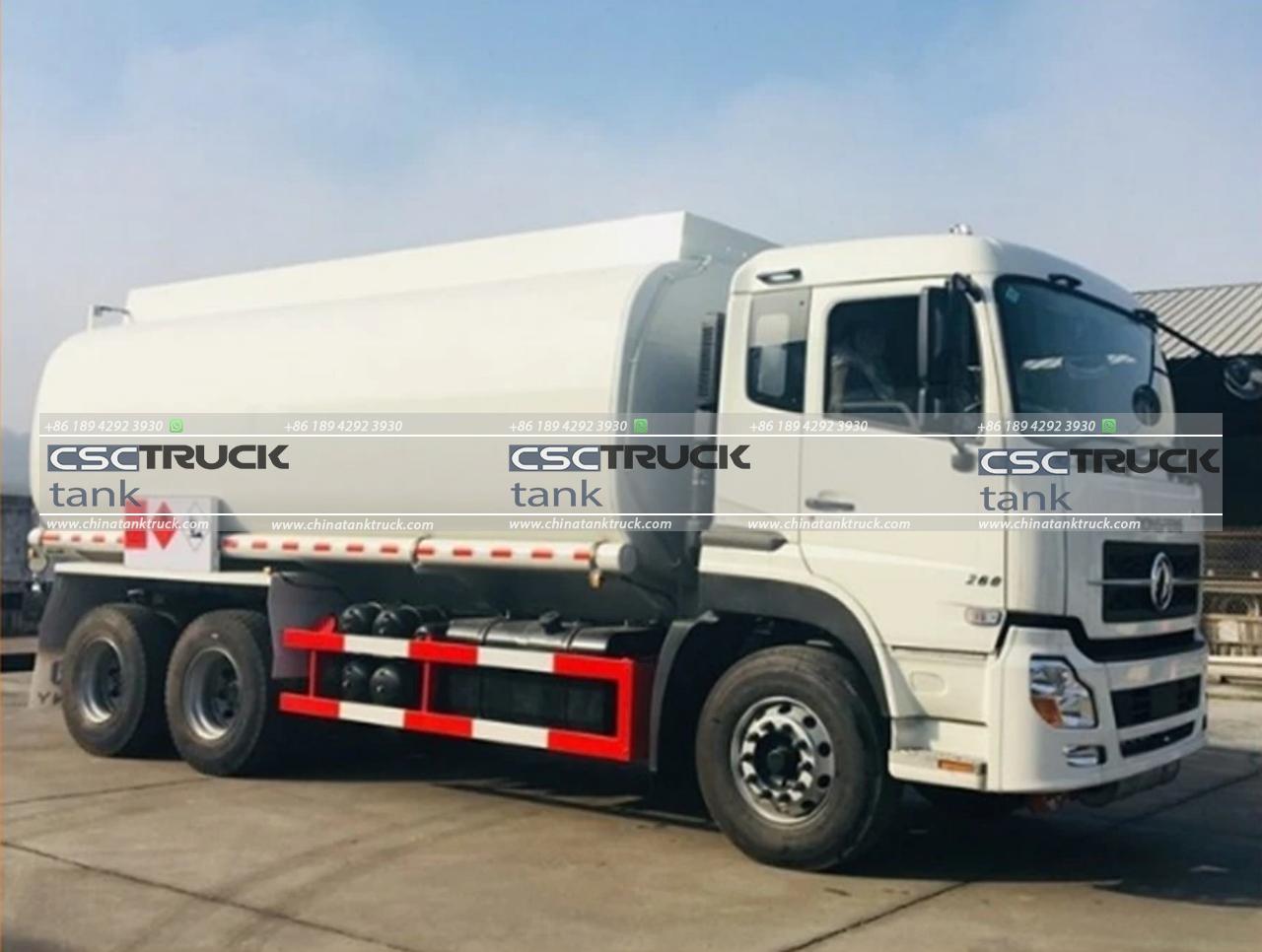
2. Chemical Tankers: These trucks are built to carry chemicals, acids, and other hazardous materials. They often have specialized linings to prevent corrosion and contamination.
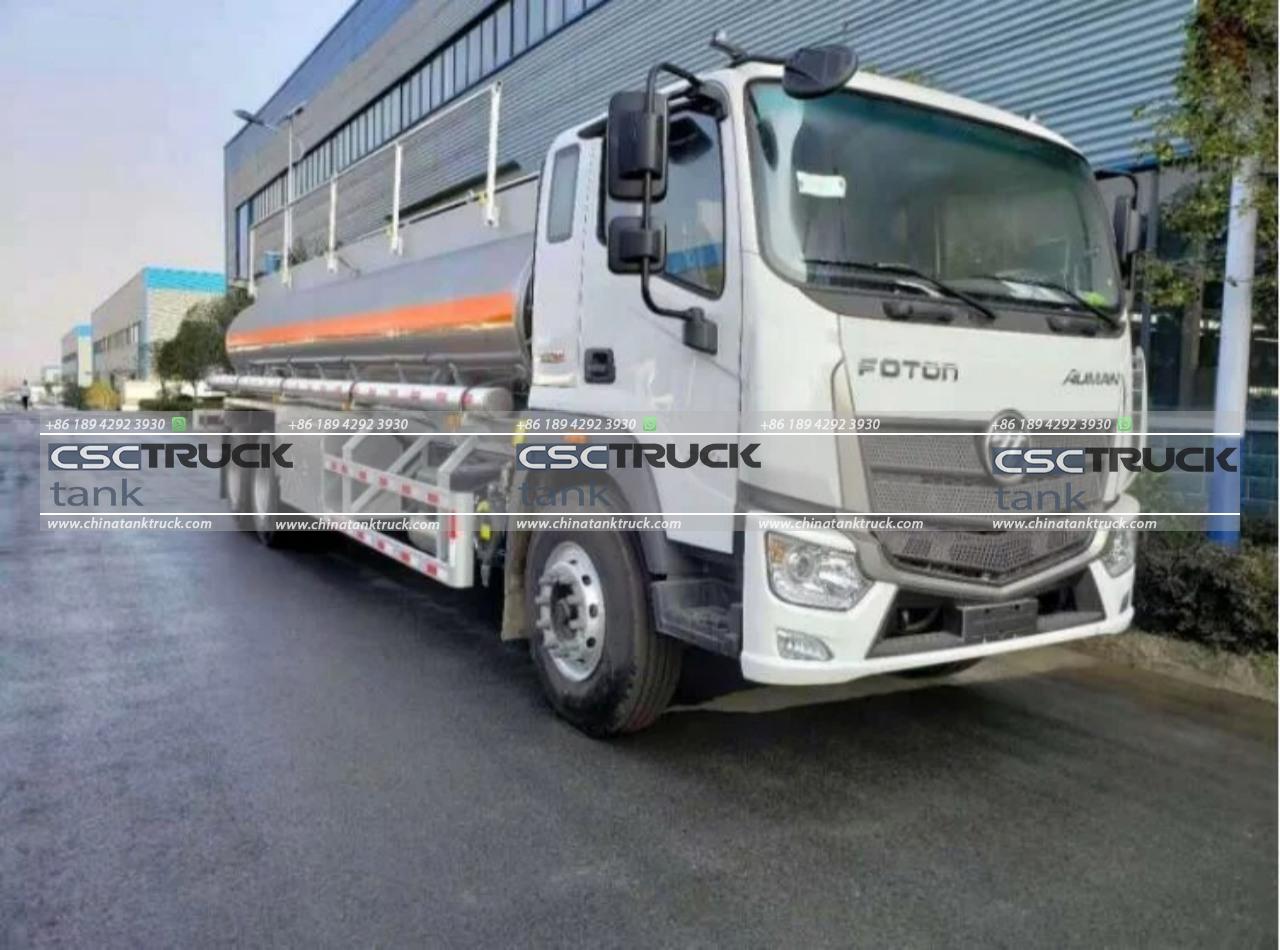
3. Food-Grade Tankers: Used to transport food products like milk, juice, or edible oils, these tankers are made with materials that meet food safety standards.
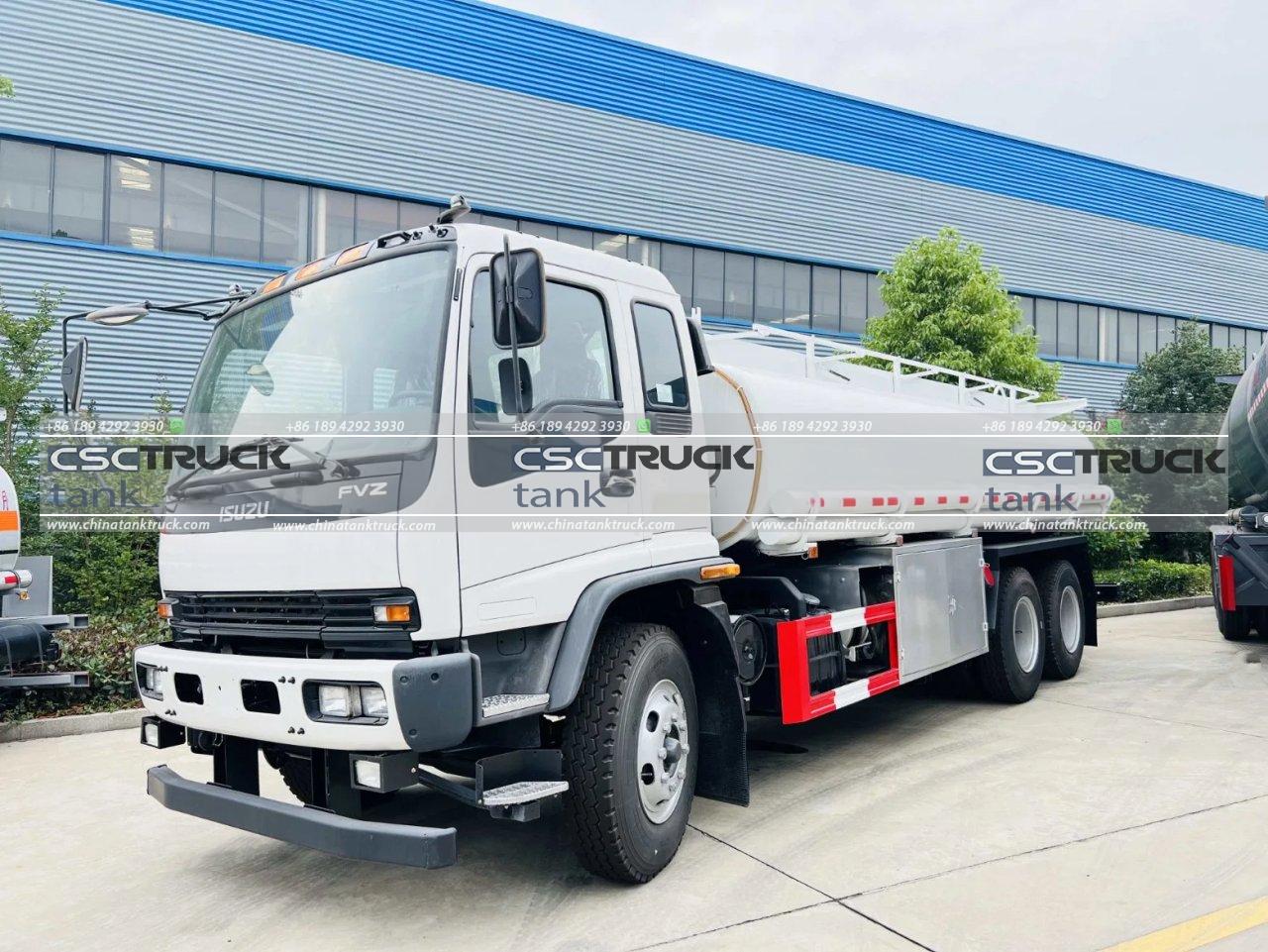
4. Water Tankers: These trucks transport potable and non-potable water, often used in construction sites, agriculture, or emergency water supply.
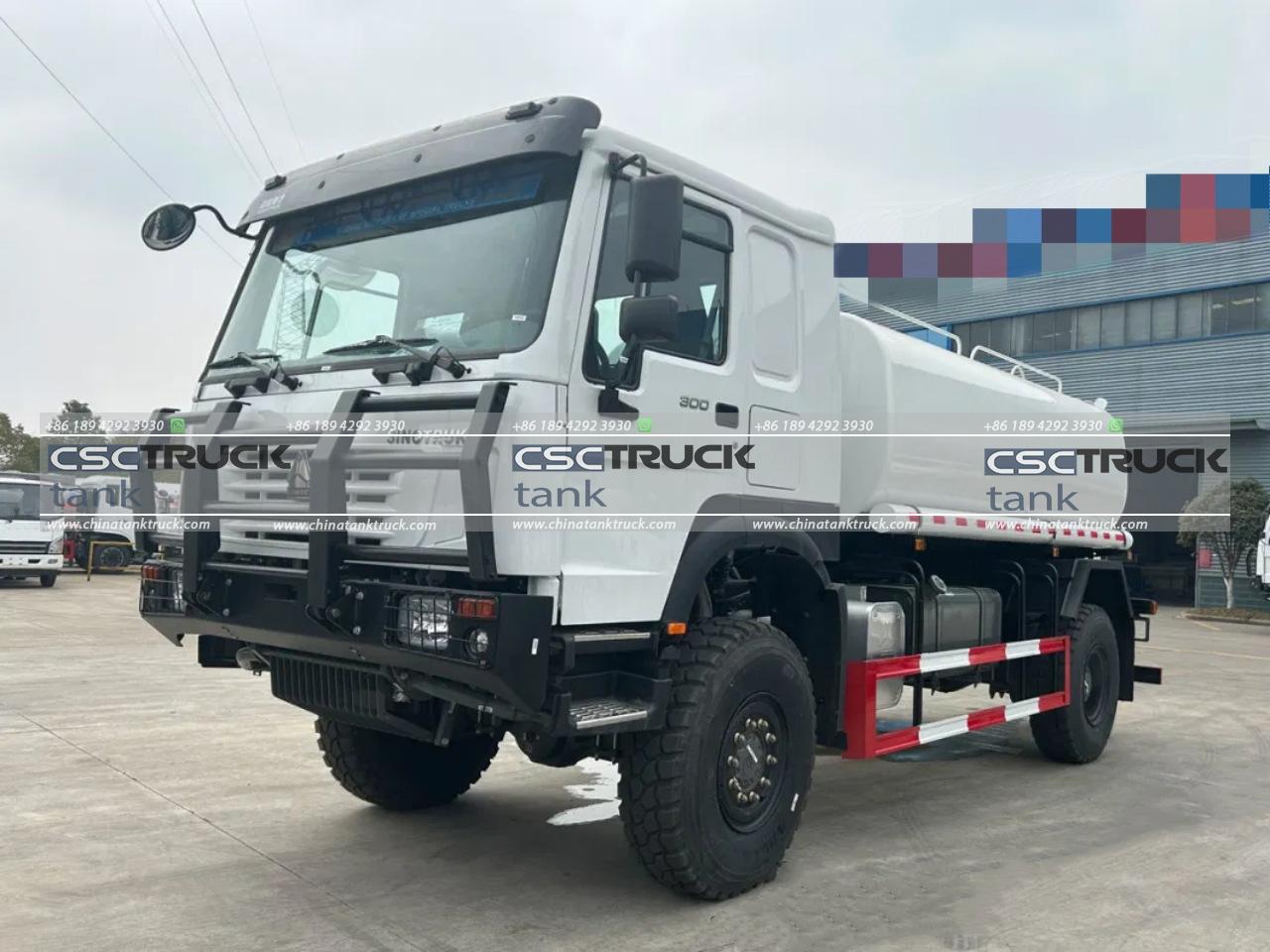
5. Cryogenic Tankers: Designed to transport liquefied gases at extremely low temperatures, such as liquid nitrogen, oxygen, or natural gas.
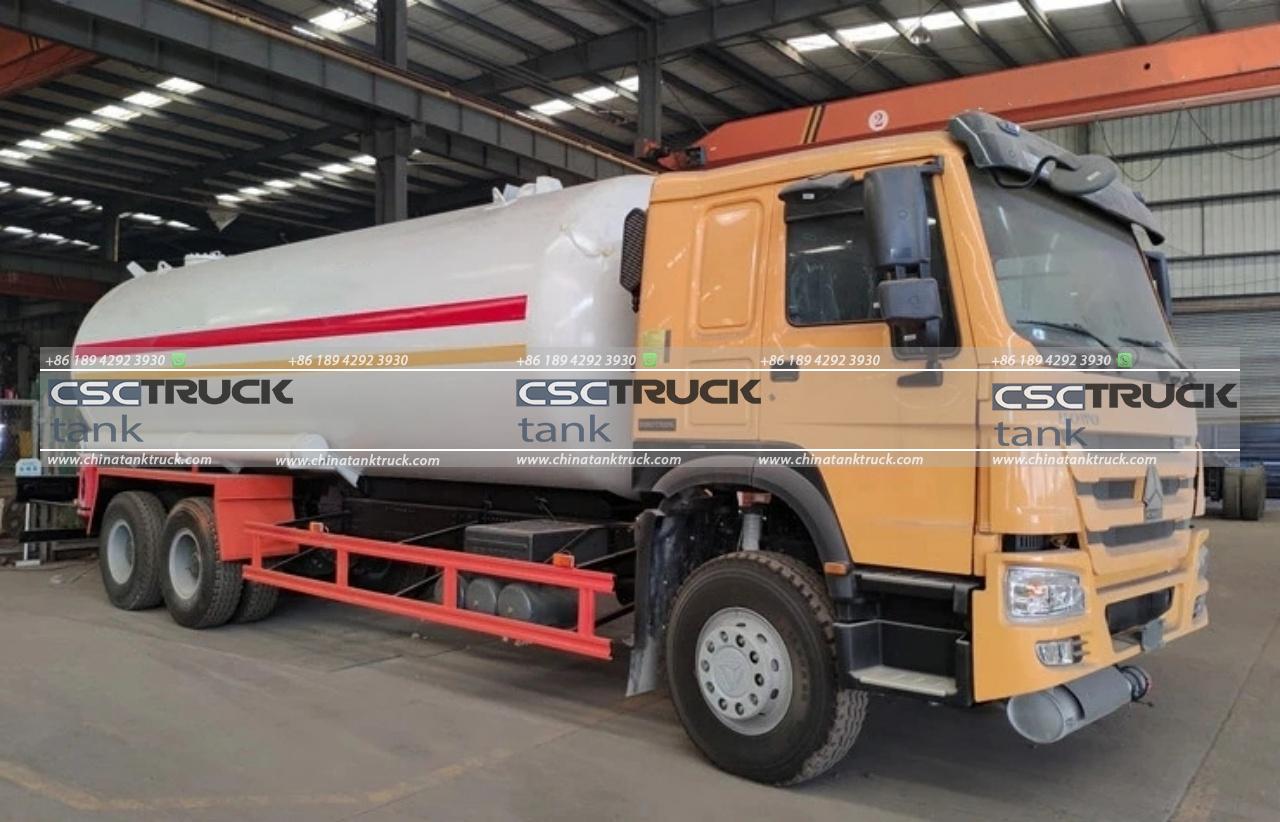
Each type of tanker truck has specific design features and size specifications to safely and efficiently carry its intended cargo.
Dimensions and Capacities
The size of a tanker truck varies significantly based on its type and the regulations of the region in which it operates. Here are some general dimensions and capacities:
Small Tanker Trucks
– Capacity: 3,000 to 5,000 gallons (11,356 to 18,927 liters)
– Length: 20 to 30 feet (6 to 9 meters)
– Width: 8 to 10 feet (2.4 to 3 meters)
– Height: 10 to 12 feet (3 to 3.6 meters)
Small tanker trucks are often used for local deliveries within cities or rural areas where larger trucks would be impractical. They are more maneuverable and can navigate narrow streets and tighter spaces.
Medium Tanker Trucks
– Capacity: 5,000 to 9,000 gallons (18,927 to 34,069 liters)
– Length: 30 to 40 feet (9 to 12 meters)
– Width: 8 to 10 feet (2.4 to 3 meters)
– Height: 10 to 12 feet (3 to 3.6 meters)
These medium-sized tankers are commonly used for regional deliveries. They balance capacity with maneuverability, making them versatile for various transportation needs.
Large Tanker Trucks
– Capacity: 9,000 to 11,000 gallons (34,069 to 41,639 liters)
– Length: 40 to 53 feet (12 to 16 meters)
– Width: 8 to 10 feet (2.4 to 3 meters)
– Height: 10 to 13 feet (3 to 4 meters)
Large tanker trucks, also known as semi-trailers, are used for long-haul transportation. They are designed to maximize the amount of cargo transported per trip, which is essential for efficiency in logistics and supply chains.
Factors Influencing Tanker Truck Size
Several factors influence the size and capacity of a tanker truck, including:
1. Regulatory Requirements: Different regions have specific regulations regarding the maximum allowable size and weight of tanker trucks. These regulations ensure road safety and infrastructure protection.
2. Cargo Type: The nature of the cargo significantly impacts the design and size of the tanker. For example, cryogenic tankers require more insulation and specialized construction, affecting their dimensions and capacity.
3. Delivery Routes: The typical delivery routes and destinations influence the size choice. Urban deliveries often require smaller, more maneuverable tankers, while long-distance routes can accommodate larger trucks.
4. Safety Considerations: The design must account for safety features like baffles (internal compartments that reduce liquid movement), emergency shut-off valves, and grounding systems to prevent static discharge.
Importance of Tanker Truck Size in Logistics
The size of a tanker truck plays a crucial role in logistics and supply chain management. Here are some reasons why:
1. Efficiency: Larger tankers reduce the number of trips needed to transport a given volume of cargo, enhancing operational efficiency and reducing transportation costs.
2. Environmental Impact: Fewer trips mean lower fuel consumption and reduced emissions, contributing to environmental sustainability.
3. Safety: Properly sized tankers ensure the safe transportation of hazardous materials, minimizing the risk of spills, accidents, and environmental contamination.
4. Cost Savings: Efficiently sized tankers can lead to significant cost savings in terms of fuel, labor, and maintenance.
Modern Innovations in Tanker Trucks
Advancements in technology have led to significant innovations in the design and operation of tanker trucks. Some of these include:
1. Lightweight Materials: Modern tankers are increasingly made from lightweight materials like aluminum and composite materials, which reduce the overall weight and increase fuel efficiency.
2. Advanced Monitoring Systems: These systems provide real-time data on cargo conditions, such as temperature and pressure, enhancing safety and efficiency.
3. Aerodynamic Designs: Improved aerodynamics reduce drag, leading to better fuel efficiency and reduced operational costs.
4. Enhanced Safety Features: Innovations in safety, such as improved baffles, better insulation for cryogenic tankers, and advanced braking systems, ensure safer transportation of goods.
Conclusion
The size of a tanker truck is a critical factor in the transportation of liquids and gases. Understanding the dimensions and capacities of different types of tanker trucks helps industries choose the right vehicle for their needs, ensuring efficiency, safety, and cost-effectiveness. From small urban delivery trucks to large long-haul semi-trailers, each type of tanker truck plays a vital role in the logistics and supply chain, supporting various sectors from fuel distribution to food and beverage transport. As technology continues to evolve, we can expect further advancements that will enhance the capabilities and efficiency of these essential vehicles.

